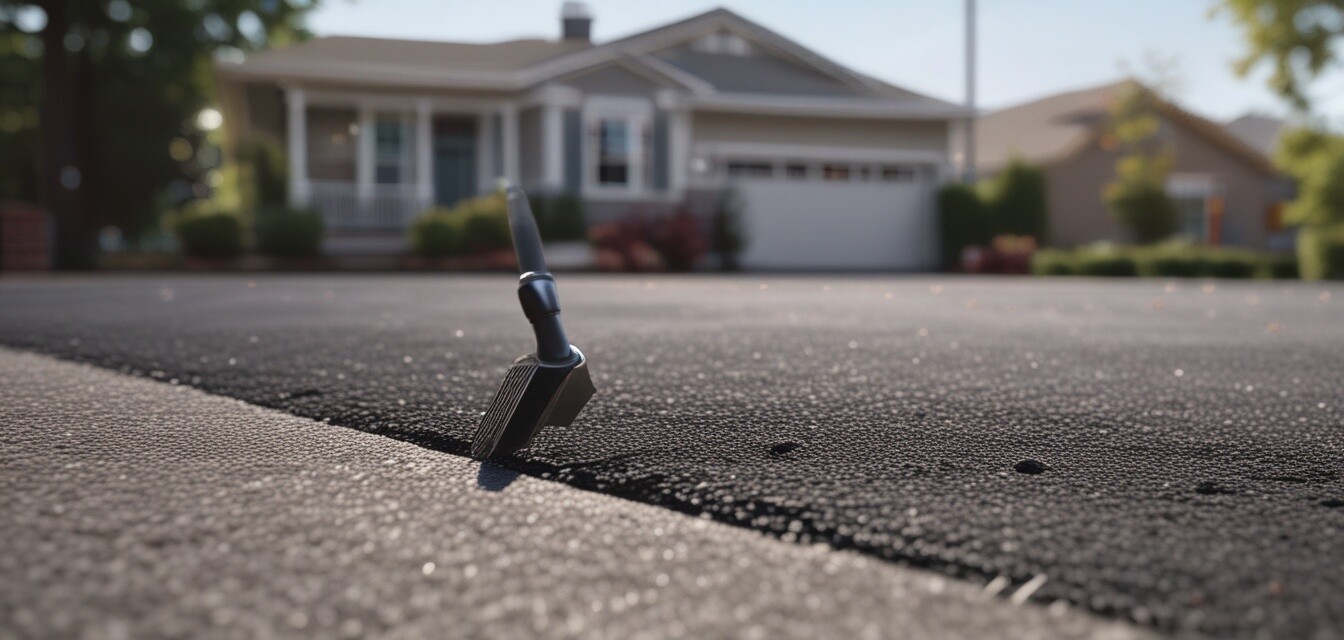
Preparing Your Asphalt Surface for Sealcoating
Key Takeaways
- Sealcoating protects your asphalt from damage.
- Proper surface preparation is crucial for successful sealcoating.
- Essential tools include a pressure washer, crack filler, and a squeegee.
- Timing and weather conditions play a significant role in the process.
Sealcoating is a vital step in maintaining the durability and appearance of your asphalt surfaces. Whether you are a property owner or a contractor, knowing how to prepare your asphalt surface properly before sealcoating can lead to lasting results. In this guide, we’ll provide you with step-by-step instructions on how to prepare your asphalt for sealcoating, ensuring that you achieve the best possible outcome.
Why Prepare Your Asphalt Surface?
Preparing your asphalt surface for sealcoating ensures that the sealant adheres properly. An improperly prepared surface can lead to flaking, peeling, and uneven application, which diminishes the protective benefits of sealcoating. Here are the key reasons to prepare your asphalt surface:
- Enhances Durability: Sealcoating protects your asphalt from UV rays, water, and oil.
- Aesthetic Appeal: A well-prepared surface looks better and provides a uniform finish.
- Cost-Effective: Regular maintenance extends the life of your asphalt, saving on repairs.
Step-by-Step Instructions
Step 1: Gather Your Tools
Before beginning the surface preparation, gather all necessary tools to ensure a smooth process. Here’s a list of tools you should have:
| Tool | Purpose |
|---|---|
| Pressure Washer | Removes dirt, debris, and contaminants from the surface. |
| Circular Saw | Used for cutting out damaged sections of asphalt. |
| Crack Filler | Seals any cracks and prepares the surface for sealcoating. |
| Squeegee | Applies the sealant evenly across the surface. |
Step 2: Clean the Asphalt Surface
The first step in preparation is to thoroughly clean the asphalt surface using a pressure washer. Follow these steps:
- Start by removing any loose debris, such as leaves and dirt, with a broom.
- Attach the pressure washer and set it to a medium-level pressure setting.
- Wash the entire asphalt surface, ensuring no dirt or grime remains.
- Allow the surface to dry completely before moving to the next step.
Step 3: Inspect the Surface for Damage
After cleaning, inspect the asphalt surface for any damage, such as cracks or potholes. This is essential as sealcoating over damaged areas can lead to further deterioration.
- Look for cracks larger than 1/8 inch width.
- Identify any potholes that may need immediate attention.
- Mark any areas that require repair with spray paint for easy identification.
Step 4: Repair Cracks and Potholes
Use a suitable crack filler to repair any identified cracks:
- Apply the crack filler into the cracks using a caulking gun.
- Ensure the filler is flush with the surface of the asphalt.
- For potholes, use asphalt patching material, squeezing it in to fill the hole.
- Compact the patch with a tamper or roller to ensure a level surface.
Step 5: Let Repairs Cure
Allow the repairs to cure as per product instructions—this may typically take at least 24 hours depending on the weather. Ensure the surface is dry and free from moisture before proceeding to sealcoating.
Step 6: Final Surface Cleaning
Just before sealcoating, conduct a final cleaning of the asphalt surface:
- Use a blower or broom to remove any remaining debris.
- Ensure the area is clear of any water or oil spills.
- Perform a final inspection to confirm the surface is adequately prepared.
Best Practices for Sealcoating
After following the preparation steps, you are ready to proceed with the sealcoating. Keep these best practices in mind:
- Choose optimal weather conditions for applying sealant—avoid rain and extreme temperatures.
- Use a quality sealant that is appropriate for your asphalt surface type.
- Apply sealant evenly using a squeegee or brush for best results.
Beginner Tips
- Start early in the day to avoid direct sunlight during application.
- Practice using your tools beforehand to become familiar with them.
- Always read manufacturer instructions on sealcoating products.
Conclusion
Preparing your asphalt surface for sealcoating is a vital process that ensures a durable and attractive finish. By following these step-by-step instructions, you can achieve professional results on your pavement. Remember to pay attention to detail during the preparation process, as this is key to effective sealcoating.
Additional Resources
To learn more about maintenance and care for your asphalt surfaces, check out our guides on how-to guides or visit our section on sealants and crack fillers for product recommendations.

